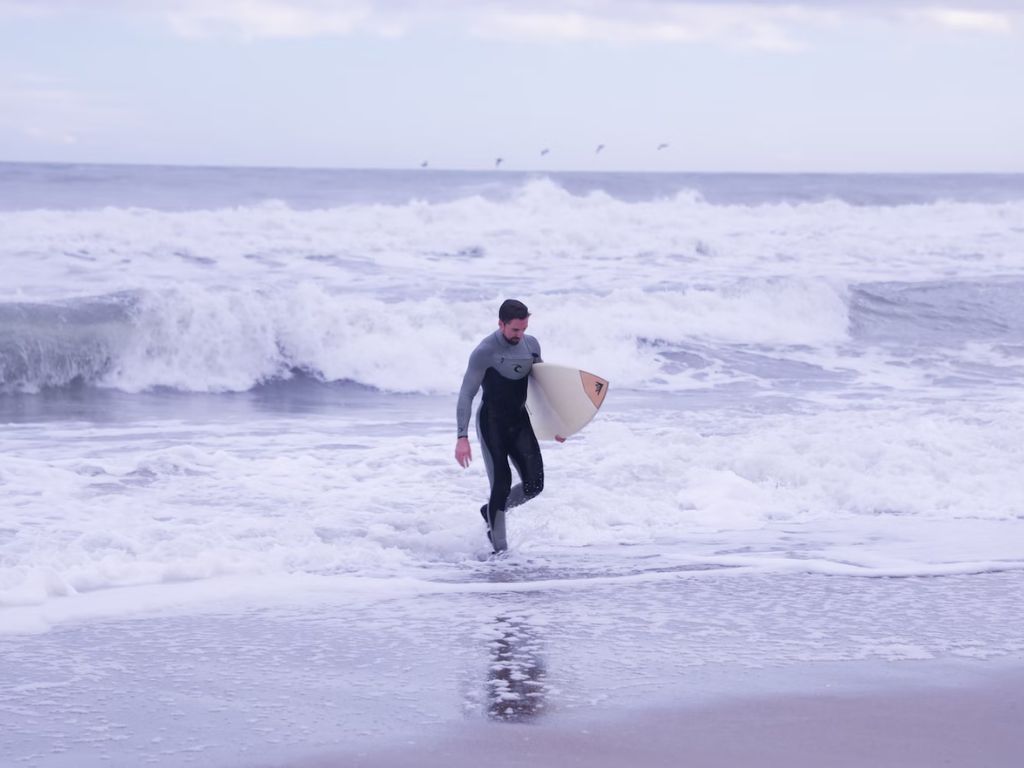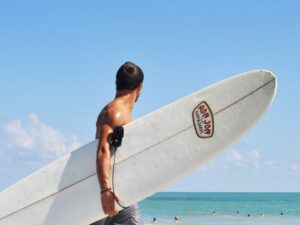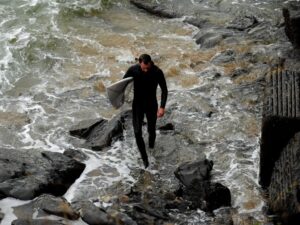If you’ve ever wondered why catching a wave on the East Coast is so tricky, you’re not alone. As a long-time almost-West-Coast-resident, I still needed to learn how bad the East Coast surf spots were. After getting mixed opinions from fellow surfers, I was confident I would know after checking things myself.
Whether or not you can surf on the East coast is a complicated question, and the answer covers many aspects.
It’s possible to surf on the East Coast of the United States. The waves there could be better with the West Coast ones, but sometimes they’re okay to have fun with.
But even though it’s possible, it could be more convenient. In my opinion, inconsistent waves burden the surfing experience on the East Coast.
Why can’t you surf on the East Coast?
1. Inconsistent Waves
Waves on the East Coast can be few and far between. Multiple factors contribute to this inconsistency, the biggest being the weather. The East Coast is prone to strong winds and even storms. These disrupt the waves and cause hindrances in their formation very often.
Another factor is the ocean floor, which is relatively less uniform than the West coast ocean floor. The varied terrain down there makes it easy for the waves to be affected by obstructions like sandbars and shallow spots.
2. Seaweed
Although this might seem minor, seaweed can pose a significant obstacle to surfers. If you have ever gotten tangled up in seaweed, you know the frustration I’m talking about.
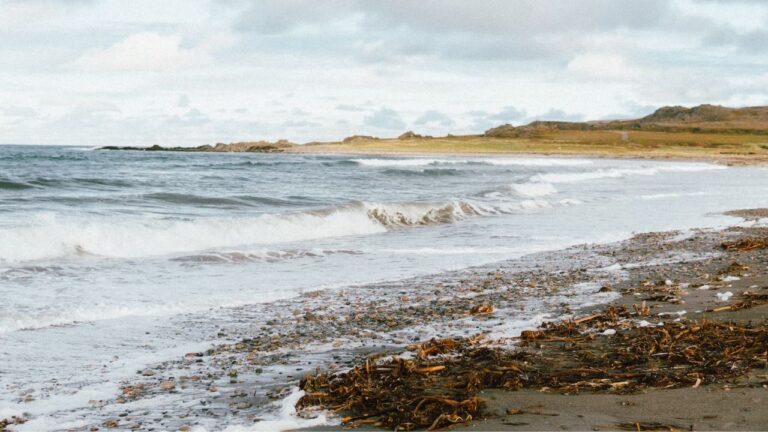
Seaweed further messes up the wave breaks, making them unpredictable and rough to surf. The conditions around the East Coast are just right for the seaweed to grow and wash up to the shore.
With things like the Great Atlantic Sargassum belt popping up, the East Coast is certainly not the safest for a surfing adventure.
3. Weaker Swells
Apart from being inconsistent, the existing waves on the East Coast are far inferior to those on the West. Why such a difference? It’s due to a little “wind play” in the area.
The East Coast is deprived of supportive winds that help the waves grow. Unlike the West Coast, the wind on the East Coast opposes the waves, as it flows against the waves on a regular day. It’s unfortunate, but it’s nature but winds are not the only reason for such lackluster locks.
The second most significant factor is the Fetch. It’s the longest distance for which the wind blows over the water. The more space, the more the wave grows.
A minute third factor comes into play here, i.e., the wind’s duration over the fetch. Again, the longer we see a consistent wind flow, the larger the waves will be.
My Experience Surfing on the East Coast
The first time I tried to surf on the East Coast, I was disappointed. The waves were inconsistent, and there were a lot of other surfers in the water. The weather wasn’t great either, and it was pretty cold.
Despite all of that, I was determined to catch a wave. I paddled out and waited for hours before finally catching a wave. It wasn’t the best wave I’d ever caught, but it was still fun.
Over time, I learned that surfing on the East Coast requires patience and perseverance. The waves may not be better than the ones on the West Coast, but they’re still worth surfing. I discovered a few hidden gems on the East Coast, like the Outer Banks in North Carolina and Montauk in New York.
The East also has a vibrant surfing community, and connecting with other surfers in the water is excellent. I found that even on the days when the waves were small, I still enjoyed being out in the water and catching whatever waves I could.
Best East Coast Surf Spots
Hey, if you’re determined to surf, I’m not gonna be the one to stop you.
1. Cocoa Beach, Florida

Florida’s Cocoa Beach is widely regarded as one of the best surf spots on the East Coast. It’s known for inviting weather, warm water, and relatively consistent waves. This destination has an iconic surfing history being the hometown of several famous surfers, including Kelly Slater and C.J. Hobgood.
Cocoa Beach has a long coastline with several beach breaks, including the Cocoa Beach Pier. Warm water temperatures remain throughout the year, meaning you can surf here even during winters when water temperatures are still relatively warmer than at other surf spots.
Occasional cold fronts in the winter bring larger swells, making it a more pleasant surf spot. At the same time, winter winds can cause choppy waves, which might annoy surfers.
2. Sea Isle City, New Jersey
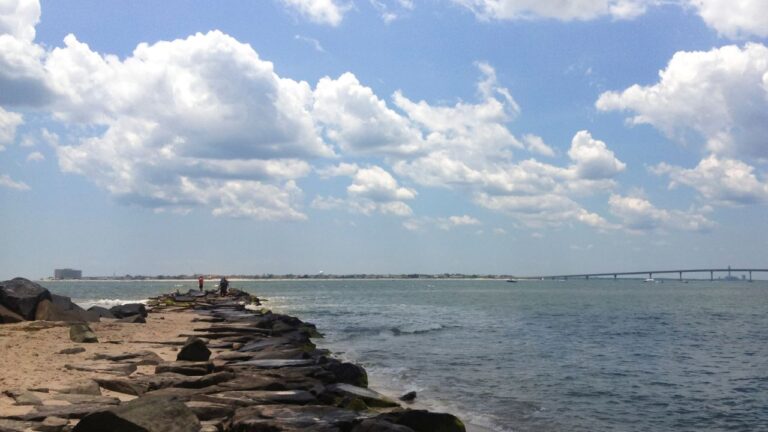
It’s a beautiful beach with several clean breaks and consistent swells. The town’s wide, sandy beaches stretch for miles and offer plenty of space for surfers to catch the waves.
Water temperatures during the peak surfing seasons are primarily mild, making it the perfect spot for more extended sets.
The town also has a well-established and welcoming surfing community offering ample resources for newcomers. Surfing events and competitions are every days in this area; you can showcase your skills and connect with fellow surfers.
3. Cisco Beach, Massachusetts
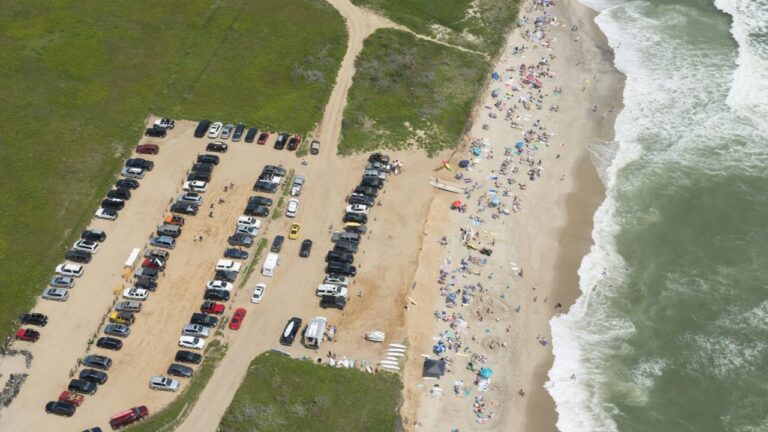
On Nantucket Island, Cisco Beach is a popular surfing destination on the East Coast. This spot is known for its powerful, long right-hand waves that break over a sandy bottom.
Because of the challenging conditions for pro surfing on this beach, several regionals and nationals occur here.
Surfers from around the globe flock to this beach to test their skills. That doesn’t mean the beach isn’t ideal for novices; if you’re a beginner, you can certainly take advantage of the gentle swells on the inside. Skilled surfers can enjoy the larger swells further out.
4. Kitty Hawk, North Carolina
Kitty Hawk is located on the outer banks of North Carolina. This place can interest you if you need a relatively uncrowded spot. The waves here are sound in power and size. Fall and winter are the best times to catch strong waves in Kitty Hawk.
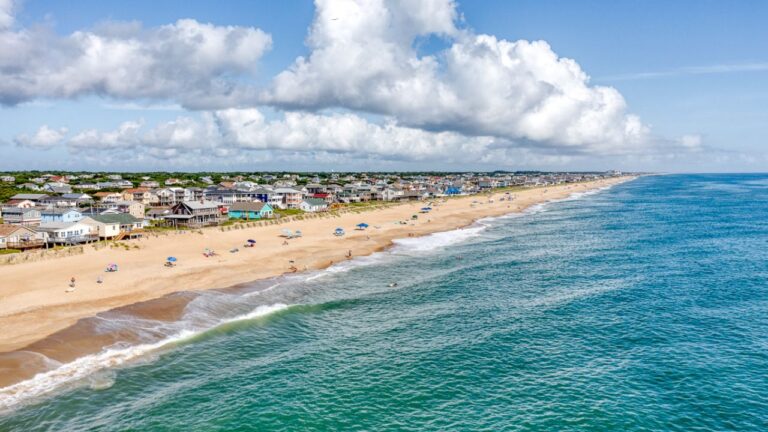
Summer is great for longboarding and beginners, with warmer water temperatures and smaller waves. From hiking to kayaking, there are a lot of other activities to enjoy here besides surfing. Kitty Hawk also has a vibrant coastal community for you to explore.
5. Folly Beach, South Carolina
With its consistent waves and stunning scenery, Folly Beach is a paradise for surfers and beachgoers. This popular South Carolina destination stretches for six miles and has waves ranging from gentle rolls to solid waves. Surfers of all levels can enjoy this spot alike.
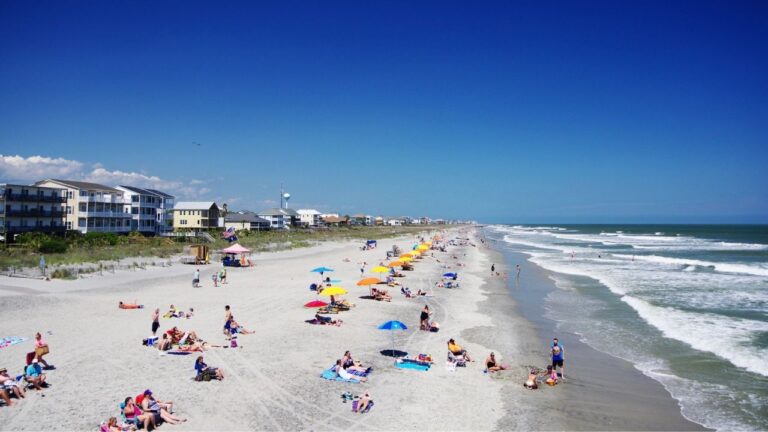
The popularity of this beach can be attributed to its unique geography. Since it’s situated on a narrow strip of land separating the Folly River and the Atlantic Ocean, a natural break is created, producing consistent and powerful waves. There are plenty of surf schools and equipment rental shops for novices.
Is surfing better on the West Coast than on the East Coast?
1. Wave Swells
Not only are the wave swells on the west coast larger, but they also last longer than those on the East Coast. What you get on the west coast are good ground swells, unlike the wind swells on the East Coast.
Wind swells are much less consistent on the East Coast than on the west. Shorter rides are less fun, so the west coast gets the point here.
Besides that, the west coast has a long and rugged coastline for the swells to travel greater distances and reach the shores. The East Coast, on the other hand, has a gentle and shorter coastline.
2. Winds
Winds play a major role in creating a great swell; the harder the winds, the bigger the waves. Similarly, the longer the winds blow, the bigger the waves are. Storms on the west coast provide longer and good winds for the wave swells, unlike those forming on the East Coast.
As discussed before, the East Coast gets less fetch than the west coast. East coast winds are nowhere near as good as west coast winds. This makes it worse for the East Coast, where you only get wind swells accompanied by stormy winds.
3. Weather
Water temperature can make a big difference in comfort while surfing. You also want to stay healthy after your session.
Although the summers are just fine, the East Coast can get extremely cold during peak winters, making it uncomfortable for surfing. This variation is mainly due to its proximity to the Gulf Stream and other ocean currents.
On the west coast, however, the water temperatures are consistently mild throughout the year, thanks partly to the influence of the ocean currents and prevailing winds. The west coast is a better option for comfortable and predictable water temperatures.
4. Surf Culture
The west coast has a distinct advantage over the East Coast regarding surf culture. They have a more laid-back and inclusive surf culture welcoming surfers of all levels and backgrounds. You’ll be glad that the locals there are friendly and helpful.
Ask them for tips and tricks, and they’ll gladly help you. The crowd on the East Coast is a bit more competitive. Although you can also come across friendly surfers here, you might need help to feel a sense of belonging or community.

